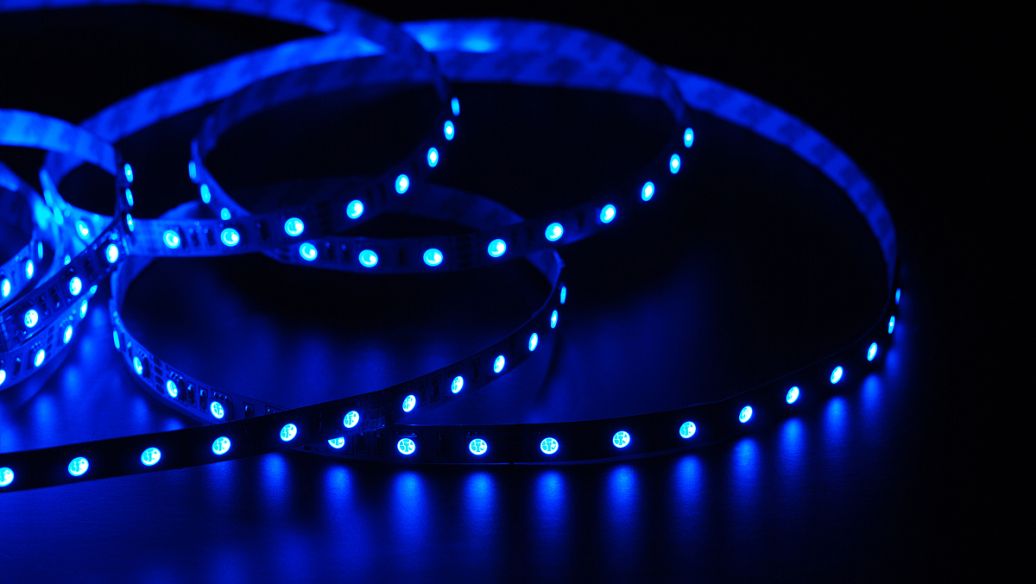

time:2021-11-02 Views:18
In recent years, with the acceleration of electronic information technology, the use of photodiodes has gradually increased. Commonly used are SMD photodiodes. So how do we judge the quality of SMD photodiodes? Next, let's take a look at which SMD photodiodes are easy to use!
The quality of the lamp mainly depends on the internal structure of the lamp. For chip photodiodes, the internal chip is very important to the quality of the lighting source. The health of the light source is more than just the chip. Through frequency reduction processing and blue light filtering, a healthy LED light source can achieve low-frequency flashing and low-radiation effects.
The service life of lamps is also a key issue. SMD photodiodes use photodiodes for illumination. Epoxy resin packaging is shock-resistant and durable. The service life is long, up to 10 or more.

Most people think that the brighter the light, the better. In fact, this idea is wrong. In home decoration, if a lot of over-bright lights are used, the whole house will appear very messy, affecting people's vision or irritability. For interior decoration, soft, uniform, and glare-free lighting is still used.
Application of photodiode:
One is light control
The photodiode can be used as a light-controlled switch. When there is no sunlight, it is cut off due to receiving the working voltage in the opposite direction. The transistor is also cut off because there is no base current, and the relay is in a released state. The photodiode changes from cut-off to conduction, the transistor also conducts, and the relay turns on the circuit.
The second is optical signal reception
The photodiode can be used as a receiving light signal. Usually adopt the optical signal amplifying circuit, and then receive by the photosensitive diode.
Three is light conversion
The photodiode can be used as the conversion of infrared light to visible light. The infrared light signal is received by the photodiode. After the transistor is amplified, the light-emitting diode emits visible light.